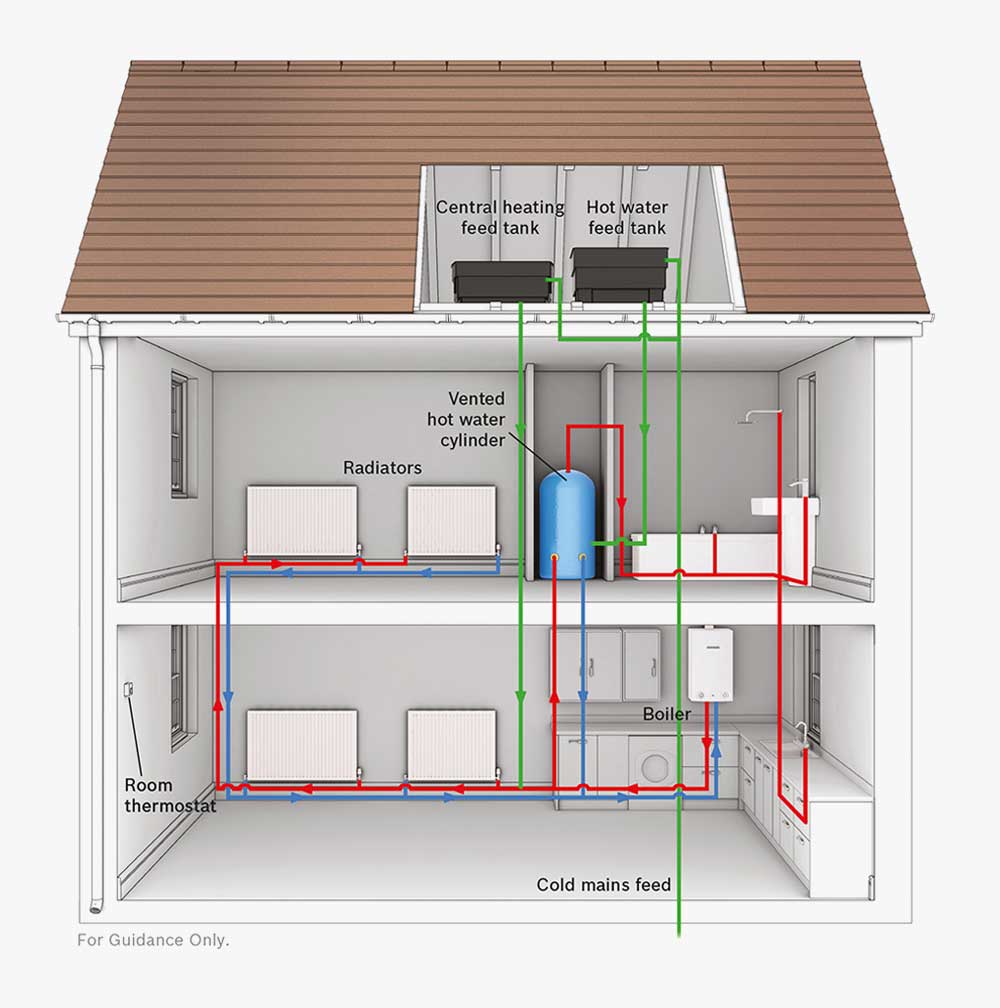Introduction
As the chilly winds of winter approach, ensuring a cozy and comfortable living environment becomes a top priority. Central heating installations play a crucial role in providing warmth and comfort to homes during the colder months. In this comprehensive guide, we will explore everything you need to know about central heating installations, including their importance, various types of systems available, the installation process, and frequently asked questions to help you make an informed decision.
Central Heating Installations: Enhancing Your Home’s Warmth and Comfort
When it comes to maintaining a pleasant indoor temperature during the colder seasons, central heating installations are the go-to solution for homeowners. With a reliable and efficient heating system in place, you can bid farewell to chilly drafts and freezing toes, allowing you to enjoy a cozy and comfortable living space throughout the year.
Types of Central Heating Systems
There are several types of central heating systems available, each with its own unique features and advantages. Let’s explore some popular options:
1. Gas Central Heating Systems
Gas central heating systems are widely favored for their cost-effectiveness and efficiency. These systems utilize natural gas as the primary fuel source, which is combusted in a boiler low pressure to generate heat. The heat is then distributed throughout the house via radiators or underfloor heating.
2. Electric Central Heating Systems
Electric central heating systems are a popular choice for homeowners who do not have access to gas lines or prefer a more environmentally friendly option. These systems rely on electricity to generate heat, which is then distributed using radiators or electric underfloor heating.
3. Oil Central Heating Systems
Oil central heating systems are commonly used in areas where gas lines are not readily available. These systems use an oil-fired boiler to heat water, which is then circulated to radiators or underfloor heating to provide warmth in the home.
4. Heat Pump Systems
Heat pump systems are highly energy-efficient alternatives that can provide both heating and cooling to your home. These systems extract heat from the outside air or the ground and transfer it inside, ensuring a comfortable temperature throughout the year.
A power flush is a way of cleaning out all the rust, sludge, and debris that accumulates in your central heating system over time. By removing dirt and blockages in the pipework, you’ll extend the life of your central heating system and make sure it works more efficiently as it heats your home.
The Central Heating Installation Process
Installing a central heating system requires careful planning and professional expertise. Here’s a step-by-step overview of the installation process:
1. Assessing Your Heating Needs
Before installation, a heating specialist will evaluate your home’s size, layout, insulation, and individual heating requirements. This assessment helps determine the appropriate system size and components needed to efficiently heat your home.
2. Choosing the Right System
Based on the assessment, the heating specialist will recommend the most suitable central heating system for your home. Factors such as energy efficiency, budget, and personal preferences will be taken into consideration.
3. System Design and Component Selection
Once the system is chosen, the heating specialist will design the layout and select the necessary components, including the boiler, radiators or underfloor heating, pipework, and controls. This ensures optimal performance and compatibility with your home’s structure.
4. Installation and Integration
The installation process begins with fitting the boiler, connecting it to the pipework, and integrating it with the chosen heat distribution system. Radiators or underfloor heating will be strategically placed to ensure even heat distribution throughout your home.
5. Testing and Commissioning
Once the installation is complete, the heating specialist will thoroughly test the system, checking for any leaks, adjusting settings, and ensuring that all components are functioning properly. This stage is vital to guarantee the safe and efficient operation of your central
6. Demonstration and User Instructions
After testing and commissioning, the heating specialist will provide a demonstration of how to operate and control your new central heating system. They will explain the settings, thermostat operation, and any additional features to ensure you can maximize the system’s efficiency and comfort.
7. Maintenance and Servicing
Regular maintenance and servicing are essential to keep your central heating system running smoothly and efficiently. It is recommended to schedule annual maintenance visits with a professional heating engineer to inspect the system, clean components, and address any potential issues before they escalate.
Frequently Asked Questions about Central Heating Installations
- Q: How long does a central heating installation take?
- A: The duration of the installation process can vary depending on factors such as the complexity of the system, the size of your home, and any necessary modifications. On average, the installation can take anywhere from a few days to a couple of weeks.
- Q: Can I install central heating in an older home?
- A: Yes, central heating can be installed in older homes. However, the process may require additional considerations, such as retrofitting insulation or updating the electrical system to accommodate the new heating system.
- Q: Are there any grants or financial assistance available for central heating installations?
- A: In some regions, there may be government grants or financial assistance programs available to support energy-efficient home upgrades, including central heating installations. It is advisable to check with local authorities or energy efficiency programs for potential funding options.
- Q: What is the typical lifespan of a central heating system?
- A: The lifespan of a central heating system can vary depending on the quality of the components, regular maintenance, and usage patterns. On average, a well-maintained system can last between 10 to 15 years or more.
- Q: Can I upgrade or expand my existing central heating system?
- A: Yes, it is possible to upgrade or expand your existing central heating system. A heating specialist can assess your current setup and recommend suitable modifications or additions to meet your changing needs.
- Q: Are there any energy-efficient options for central heating installations?
- A: Absolutely! Many modern central heating systems offer high energy efficiency ratings, helping you reduce energy consumption and lower utility bills. Heat pump systems, for example, are renowned for their energy-efficient operation.
Conclusion
Central heating installations are vital for creating a warm and comfortable living space, especially during the colder months. Whether you opt for a gas, electric, oil, or heat pump system, the benefits of a reliable and efficient central heating system are undeniable.
By understanding the different types of systems available, the installation process, and the importance of regular maintenance, you can make an informed decision and ensure the optimal performance of your central heating system for years to come.
Don’t let the winter chill seep into your home. Invest in a central heating installation and enjoy the cozy warmth and comfort you deserve.

